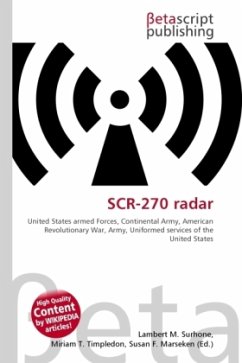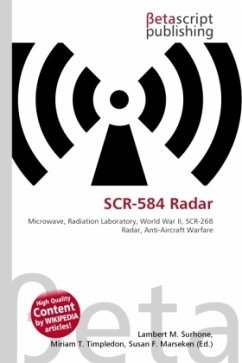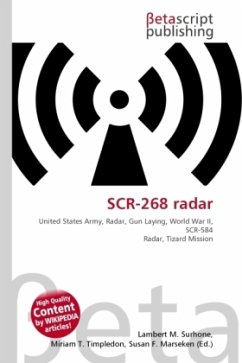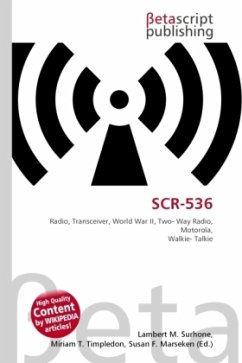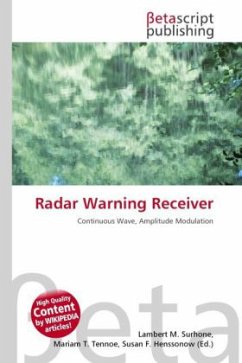High Quality Content by WIKIPEDIA articles! The Signal Corps had been experimenting with some radar concepts as early at the late 1920s, under the direction of Colonel William R. Blair, director of the Signal Corps Laboratories at Fort Monmouth, New Jersey. While most of the Corps' efforts revolved around infra-red detection systems (a popular idea at the time), as well as a newer generation of sound detectors, they also maintained a small program of research on microwave radars based on the "beat principle", in which an aircraft would cause two signals to interfere. Low generator efficiency and a lack of ranging capability made these efforts impractical.
Bitte wählen Sie Ihr Anliegen aus.
Rechnungen
Retourenschein anfordern
Bestellstatus
Storno

